|
|
|
| FL Maps > Region > 1950-1999 |
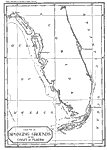
|
Sponging Grounds of the Coast of Florida,
1922 |

|
Tampa, Florida,
1950 |

|
Principal Geologic Structures in Citrus and Levy Counties,
1951 |
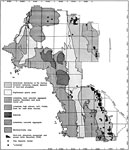
|
Distribution of the Economic Deposits of Citrus and Levy Counties,
1951 |
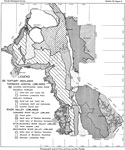
|
Physiographic Map of Citrus and Levy Counties,
1951 |
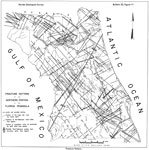
|
Fracture Pattern of the Northern Portion of the Florida Peninsula,
1951 |

|
Geologic Sections Crossing the Northern Portion of the Florida Peninsula,
1951 |

|
Geologic Section along the Proposed Florida Ship Canal,
1951 |
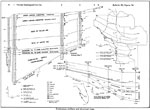
|
Cretaceous Sections and Structural Map,
1951 |
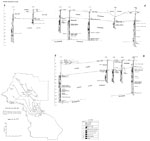
|
Geologic Sections through the Lake City Limestone in Citrus and Levy Counties,
1951 |
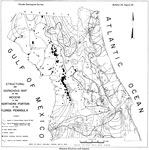
|
Structural an Isopachous Map of the Miocene in the Northern Portion of the Florida Peninsula,
1951 |
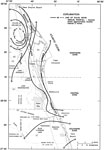
|
Mean Annual Rainfall in the Indian River Basin,
1951 to 1980 |
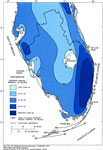
|
Annual Rainfall in South Florida,
1951 to 1980 |
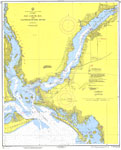
|
San Carlos Bay and Caloosahatchee River,
1959 |
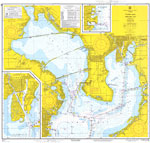
|
Tampa Bay: North,
1961 |
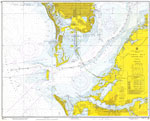
|
Tampa Bay, Southern Part,
1966 |
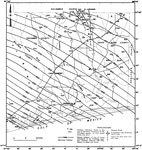
|
Ground-Water Features in Escambia and Santa Rosa Counties, Florida- Figure 6,
1967 |
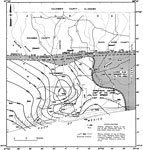
|
Ground-Water Features in Escambia and Santa Rosa Counties, Florida- Figure 7,
1967 |
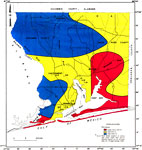
|
Ground-Water Features in Escambia and Santa Rosa Counties, Florida- Figure 8,
1967 |

|
Ground-Water Features in Escambia and Santa Rosa Counties, Florida- Figure 9,
1967 |
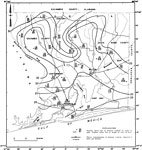
|
Ground-Water Features in Escambia and Santa Rosa Counties, Florida- Figure 12,
1967 |
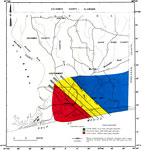
|
Ground-Water Features in Escambia and Santa Rosa Counties, Florida- Figure 13,
1967 |
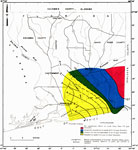
|
Ground-Water Features in Escambia and Santa Rosa Counties, Florida- Figure 14,
1967 |

|
Ground-Water Features in Escambia and Santa Rosa Counties, Florida- Figure 15,
1967 |

|
Ground-Water Features in Escambia and Santa Rosa Counties, Florida- Figure 3,
1967 |
| Next | Last |
| FL Maps > Region > 1950-1999 |
Maps ETC
is a part of the
Educational Technology Clearinghouse
Produced by the
Florida Center for Instructional Technology
© 2007
College of Education
,
University of South Florida